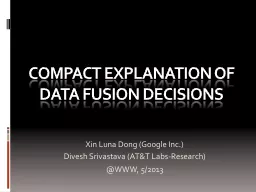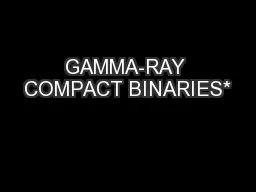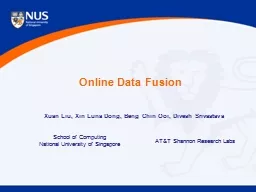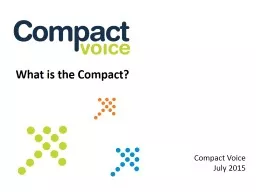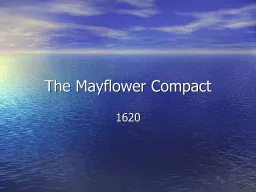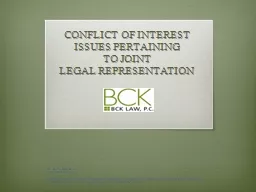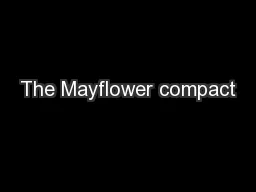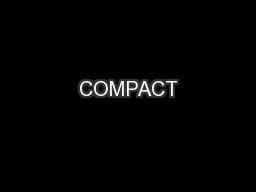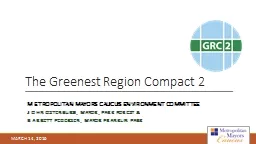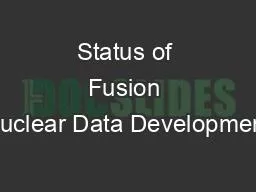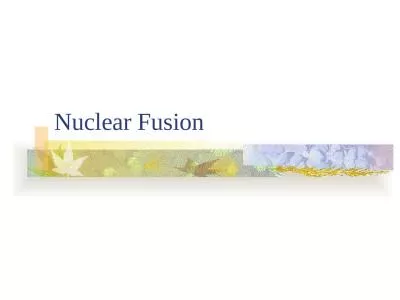PPT-Compact Explanation of data fusion decisions
Author : myesha-ticknor | Published Date : 2018-02-04
Xin Luna Dong Google Inc Divesh Srivastava ATampT LabsResearch WWW 52013 Conflicts on the Web FlightView FlightAware Orbitz 615 PM 615 PM 622 PM 940 PM 833 PM
Presentation Embed Code
Download Presentation
Download Presentation The PPT/PDF document "Compact Explanation of data fusion decis..." is the property of its rightful owner. Permission is granted to download and print the materials on this website for personal, non-commercial use only, and to display it on your personal computer provided you do not modify the materials and that you retain all copyright notices contained in the materials. By downloading content from our website, you accept the terms of this agreement.
Compact Explanation of data fusion decisions: Transcript
Download Rules Of Document
"Compact Explanation of data fusion decisions"The content belongs to its owner. You may download and print it for personal use, without modification, and keep all copyright notices. By downloading, you agree to these terms.
Related Documents

